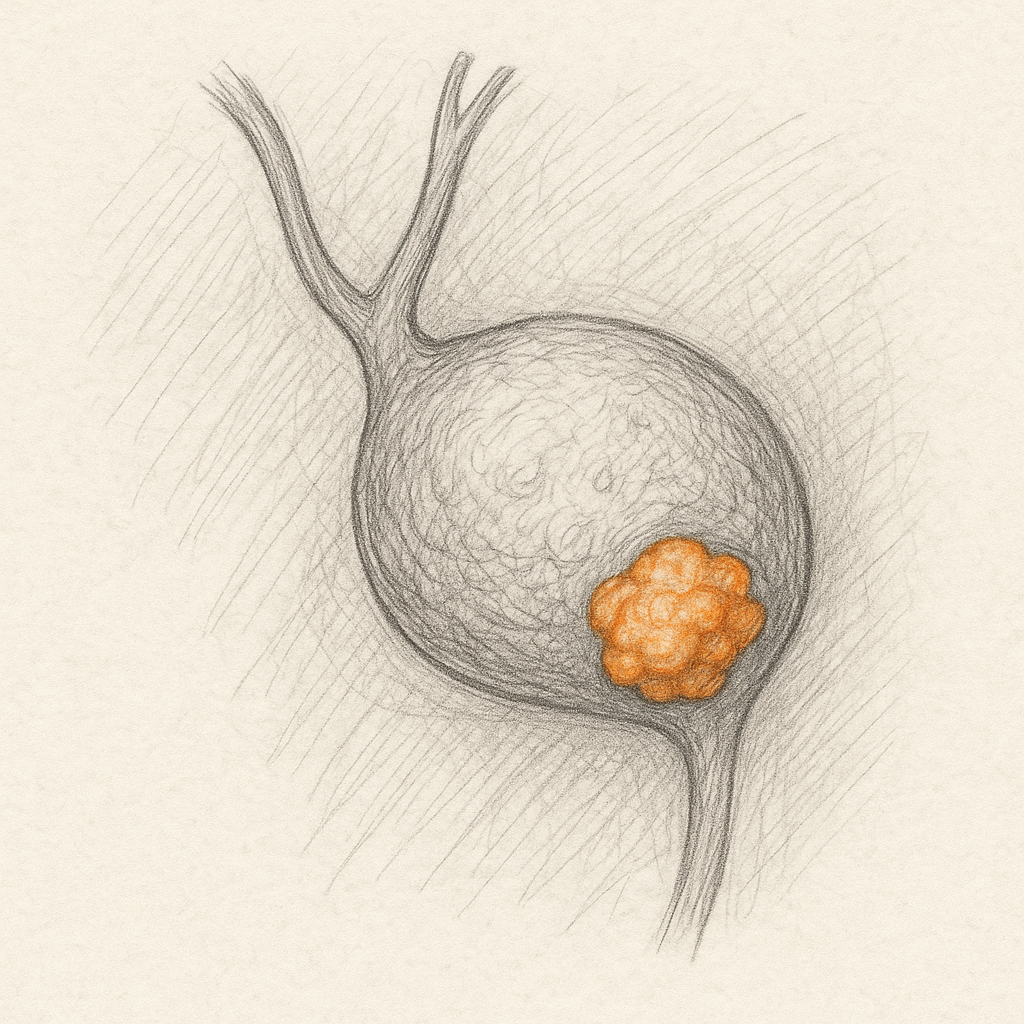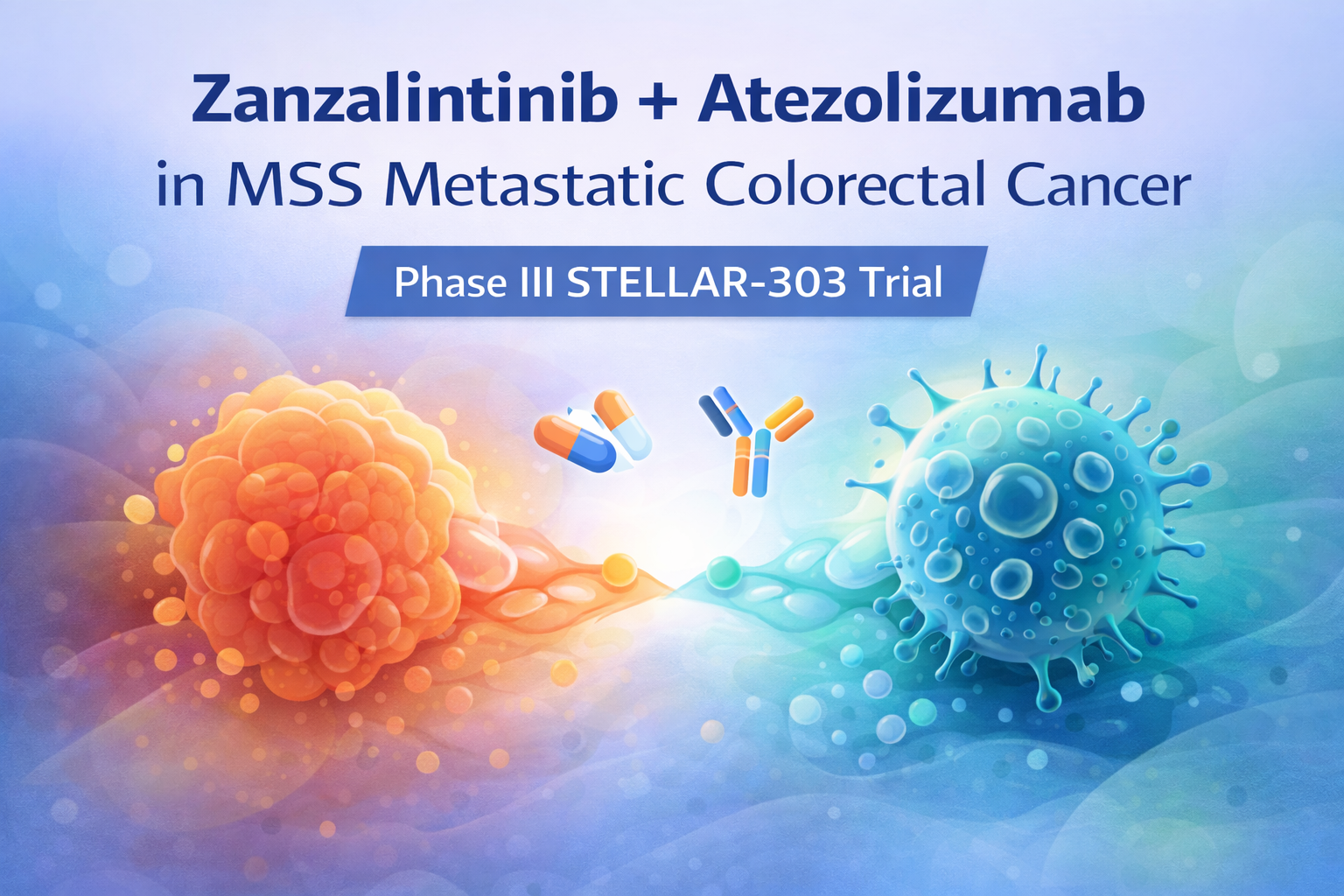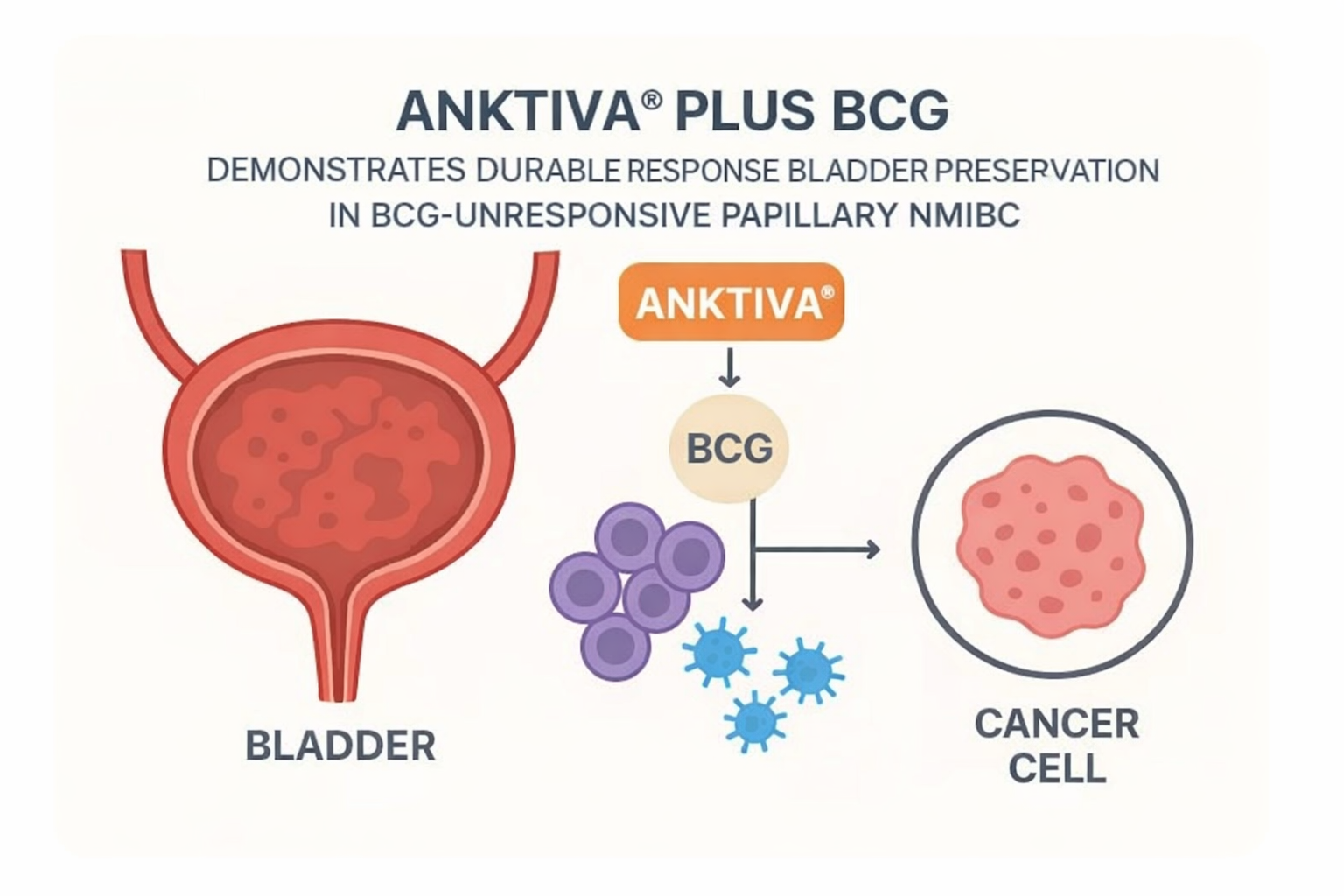

Ultrasensitive ctDNA detection after frontline therapy in large B-cell lymphoma provides superior prognostic accuracy compared to conventional PET imaging, with undetectable ctDNA predicting 97% progression-free survival versus 29% for detectable ctDNA at end of treatment. This technology enables earlier risk stratification and may fundamentally redefine remission criteria in LBCL.

Study Design & Population
- Study Type: Integrated analysis of five prospective studies
- Sample Size: 137 patients with large B-cell lymphoma
- Treatment: Frontline anthracycline-based chemotherapy
- Methodology: Tumor-specific phased variants monitored via 409 serial plasma specimens
- Follow-up: Median 37 months
Key Findings
- After 2 cycles: 55% achieved undetectable ctDNA; 2-year PFS 96% vs 67% (detectable vs undetectable, p=0.0025, HR 6.9)
- End of therapy: 78% achieved undetectable ctDNA; 2-year PFS 97% vs 29% (undetectable vs detectable, p<0.0001, HR 28.7)
- Long-term outcomes: 94% (92/98) patients with undetectable ctDNA remained progression-free; 68% (19/28) with detectable ctDNA progressed or died
- Comparative accuracy: ctDNA detection superior to PET imaging (HR 28.3 vs 3.6)
Clinical Implications
- Enhanced risk stratification: Identifies high-risk patients as early as after 2 treatment cycles
- Refined remission definition: ctDNA-negative status provides more accurate prognosis than conventional imaging
- Treatment modification potential: Early ctDNA positivity may guide intensification or alternative therapeutic approaches
- Patient counseling: Improved prognostic accuracy for clinical and psychological outcomes
Limitations
- Sample size: Relatively small cohort (n=137) across multiple studies
- Methodology variation: Integration of five different prospective studies with potential protocol differences
- Treatment heterogeneity: Various anthracycline-based regimens may affect generalizability
- Cost considerations: Ultrasensitive ctDNA testing accessibility and reimbursement not addressed



